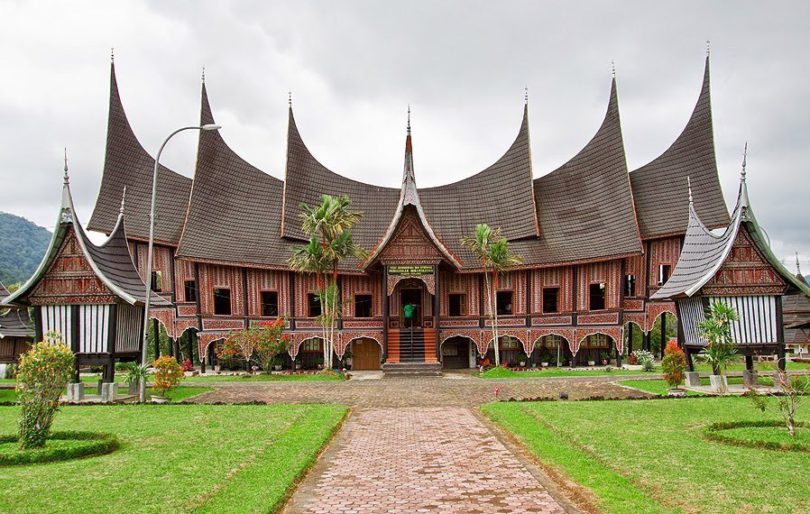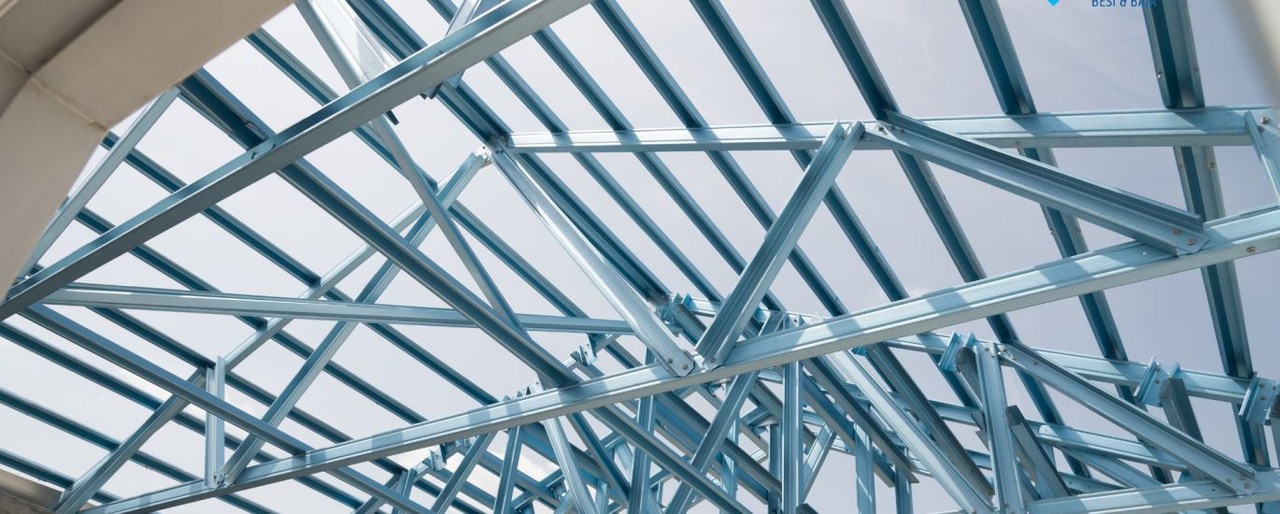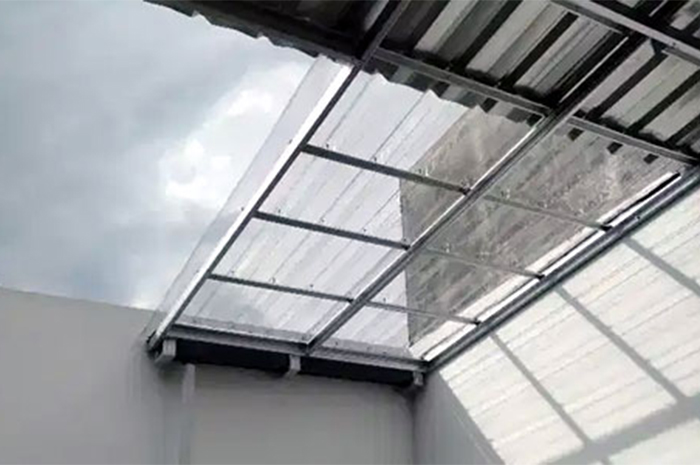Beranda > Artikel
5 Distinctive Characteristics of Indonesian Tradit

Intrigued by the 5 characteristics of traditional houses in Indonesia? Come on, find out more in this article! Indonesia is a maritime country consisting of various tribes and cultures. This makes Indonesia very rich in cultural diversity which is the identity of these tribes. For example, starting from language, traditional clothing, traditional ceremonies, to traditional houses. In this article, we will discuss the 5 characteristics of traditional houses. But before that, it's good to know what a traditional house is. Come on, see the explanation below!
Launching from various sources, a traditional house is a building that has special characteristics, used as a residence by a certain ethnic group. Traditional houses are one of the highest cultural representations in a tribal or community community. In Indonesia itself there are various kinds of traditional houses spread across various provinces. If taken only from the number of provinces, it means that there are 37 houses representing each region. Starting from Acehnese traditional houses, Javanese traditional houses, to traditional houses in Papua. It should also be noted, these existing houses are very diverse and have important meaning in the perspective of history, heritage, and the progress of society in a civilization. Interestingly, there is a kind of common thread that connects one traditional house to another, for example in terms of its characteristics.
5 Distinctive Characteristics of Traditional Houses
1. Use of Wood
As mentioned above, the traditional house shows the identity of a tribe, for example the living area of a certain tribe. Therefore, traditional house buildings are also adapted to the natural conditions in which the tribe lives. Most of Indonesia's territory consists of tropical forests where various types of timber trees grow. So it's not surprising that people use wood as a structure or element of their traditional house. As seen in the Krong Bade house from Aceh and the Riau traditional house: Selaso Tembar Kembar.
2. Palm roof
Most traditional houses utilize natural materials that are nearby to be used as building elements. Such as the use of palm fiber as a covering for the roof of the house. This can be seen from the names of traditional houses from West Sumatra, Baduy houses from Banten, to Musalaki houses from East Nusa Tenggara (NTT).
3. Attractive roof shape
Apart from palm fiber roofs, the majority of houses in Indonesia have roof shapes with attractive designs. These roof shapes can be used as inspiration for the latest home designs. For example, the Gadang house has a roof resembling a buffalo horn, then there is the roof of a traditional Sundanese house called Badak Heuay. This roof shape is characteristic of traditional houses that can be seen easily even by ordinary people.
4. Stage House
Judging from the 37 traditional houses in each province, there are characteristics that can be studied further. A number of traditional houses are deliberately designed to be stilt houses, for example the Limas Piece roof house from the Riau Archipelago, the Jambi traditional house, to the Long house in West Kalimantan. From an architectural point of view, stilt houses tend to be resistant to earthquake shocks. Therefore, a design like this is very suitable to be applied in Indonesia, which is known to frequently experience earthquakes. This means that our ancestors have studied more about the design of a suitable house that adapts to the natural conditions around it.
5. Engraving
Finally, there are carvings that cannot be separated from being one of the characteristics of traditional houses in Indonesia. Some traditional houses have carvings that are applied to the interior of the house. As an example, Lamin's house from East Kalimantan has a wooden dragon head carved on the roof.
Hope it is useful.
 Bahasa Indonesia
Bahasa Indonesia  Inggris
Inggris
 Bahasa Indonesia
Bahasa Indonesia  Inggris
Inggris
 Intrigued by the 5 characteristics of traditional houses in Indonesia? Come on, find out more in this article! Indonesia is a maritime country consisting of various tribes and cultures. This makes Indonesia very rich in cultural diversity which is the identity of these tribes. For example, starting from language, traditional clothing, traditional ceremonies, to traditional houses. In this article, we will discuss the 5 characteristics of traditional houses. But before that, it's good to know what a traditional house is. Come on, see the explanation below!
Intrigued by the 5 characteristics of traditional houses in Indonesia? Come on, find out more in this article! Indonesia is a maritime country consisting of various tribes and cultures. This makes Indonesia very rich in cultural diversity which is the identity of these tribes. For example, starting from language, traditional clothing, traditional ceremonies, to traditional houses. In this article, we will discuss the 5 characteristics of traditional houses. But before that, it's good to know what a traditional house is. Come on, see the explanation below!





